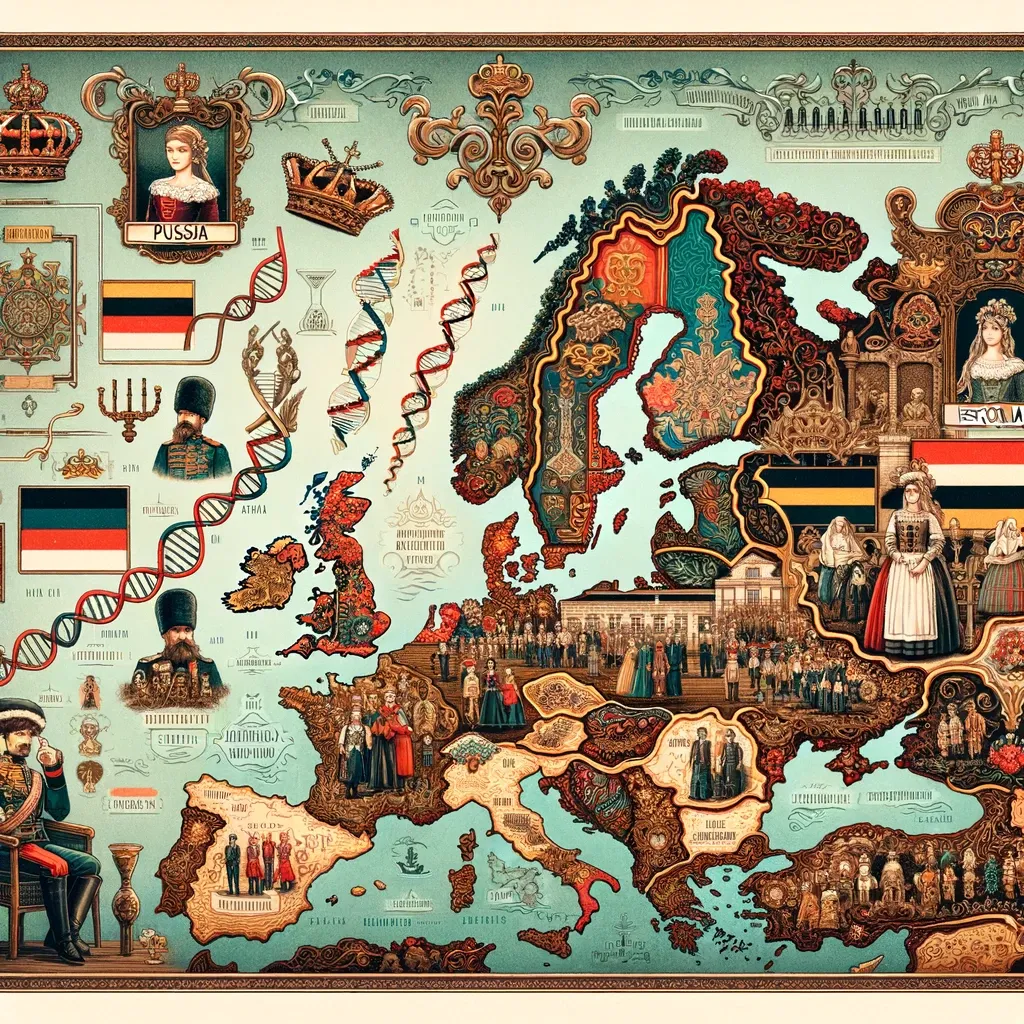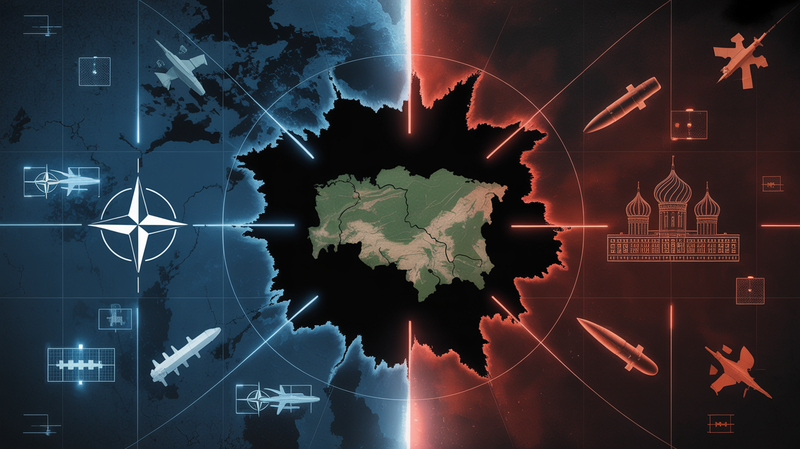Shaping the North: The Enduring Prussian Influence on Baltic States and the Estonian Genome
The historical tapestry of Europe is intricately woven with the threads of various empires and kingdoms that have risen and fallen over centuries. Among these, the Kingdom of Prussia, a titan of military might and political power, played a pivotal role in shaping the cultural, political, and even genetic landscape

The historical tapestry of Europe is intricately woven with the threads of various empires and kingdoms that have risen and fallen over centuries. Among these, the Kingdom of Prussia, a titan of military might and political power, played a pivotal role in shaping the cultural, political, and even genetic landscape of the Baltic States, with a particular focus on Estonia.
Prussia's Emergence and Baltic Expansion
The story begins in the early modern period, when Prussia, emerging as a significant power in Central Europe, cast its eyes towards the Baltic Sea for strategic and economic reasons. This expansion brought them into direct interaction with the Baltic States, regions that were, at different times, under the influence of the Polish-Lithuanian Commonwealth, Sweden, and Russia.
Cultural and Political Influence
Prussian influence in the Baltic region was multifaceted. Culturally, the German-speaking aristocracy and the influx of German settlers during the medieval period had already laid a foundation. Prussia’s advanced administrative and legal systems, along with its robust educational reforms, were admired and emulated in Baltic societies, fostering a unique blend of local and Germanic cultures, particularly in urban centers.
Military Engagements and Strategic Alliances
The military aspect of Prussian influence cannot be understated. The Baltic region was often a theater for conflicts involving Prussia, notably against Sweden and Russia. These conflicts, while devastating, also led to a complex network of alliances and hostilities that shaped the political landscape of the region.
The Estonian Genome: A Legacy of Diversity
Moving from the cultural and political to the biological, the Prussian influence extended to the very genetic makeup of the Baltic populations. Estonia, situated at a crossroads of trade and conflict, witnessed waves of migration and settlement from different European populations, including Germans. This has left an indelible mark on the Estonian genome, making it a fascinating subject for geneticists and historians alike, revealing a tapestry of genetic diversity that mirrors its complex history.
Conclusion
In conclusion, while the Kingdom of Prussia ceased to exist as a political entity, its legacy in the Baltic States, and particularly in Estonia, endures. From the cultural imprints left by German settlers to the subtle yet significant traces in the Estonian genome, Prussia's impact is a testament to the intricate interplay of history, culture, and biology in shaping the identity of a region. The Baltic States, with their rich history and diverse heritage, continue to reveal stories and insights into a past deeply influenced by the Prussian eagle.




